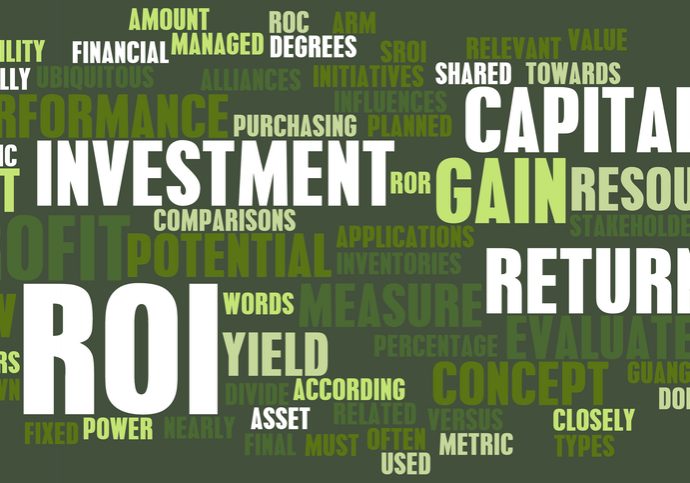SMSF (Self-Managed Super Fund Lending)

Since 2007 superannuation laws have allowed a SMSF (Self-Managed Super Fund) to borrow money in order to purchase an investment asset, as long as a strict set of rules are followed.
SMSF borrowing rules (courtesy of http://www.smsfinstitute.com.au/)
- The asset that your fund purchases with the borrowed money must be a single acquirable asset as defined by superannuation law. This generally means that the borrowed money can only be used to buy one property, or in the context of shares, a parcel of identical shares in the same company (acquired at the same time).As a result, a SMSF cannot buy several properties under the one borrowing arrangement. Similarly, borrowed money cannot be used to buy a share portfolio investing in shares across different companies – this is part of the reason why borrowing to buy shares through an SMSF has not been popular.
- Where a SMSF has borrowed money to buy an asset, this asset cannot generally be improved upon nor replaced while the loan is still outstanding. This means a SMSF cannot borrow to facilitate a property development. Similarly, because assets cannot be replaced, share investments cannot be actively traded – another reason why borrowing money to buy shares through an SMSF has not been popular.
- In order to ensure that borrowing through your SMSF does not place other retirement investments held in your SMSF at risk, the asset that is purchased under a borrowing arrangement must be held in a specific holding trust until the loan is repaid. Further, the only SMSF asset that can be used as security for this loan is the asset that is held within this trust – hence the name Limited Recourse Borrowing Arrangements – which helps to protect other assets held inside your SMSF.
It is generally recommended that you consult your financial advisor and accountant before making any decisions to borrow within a SMSF.
